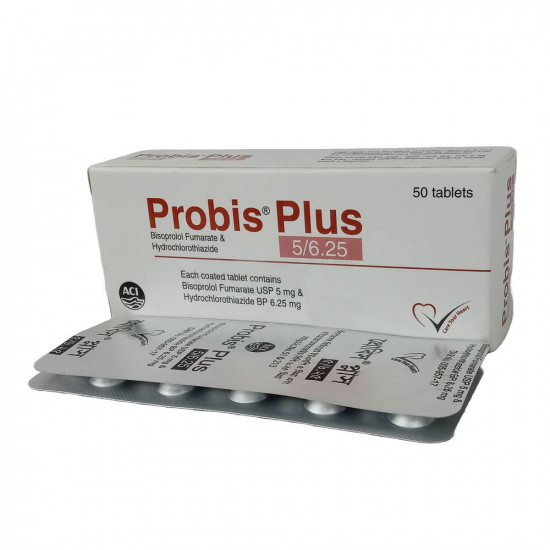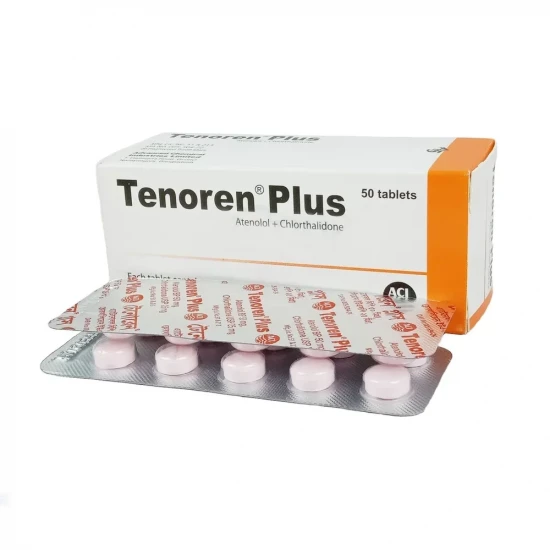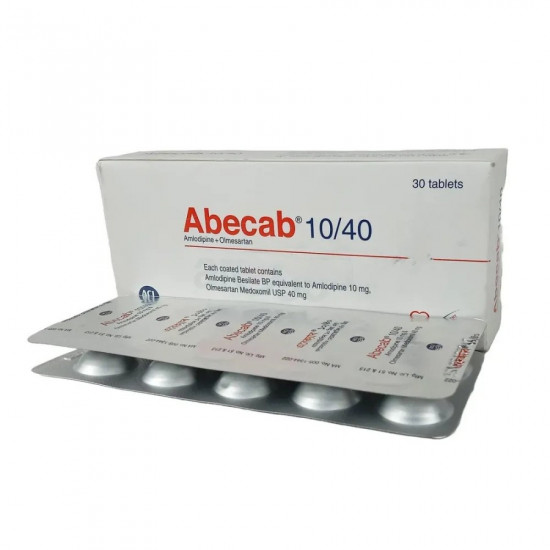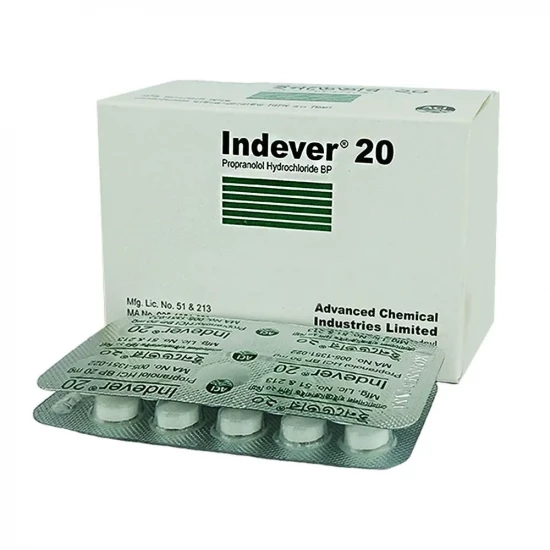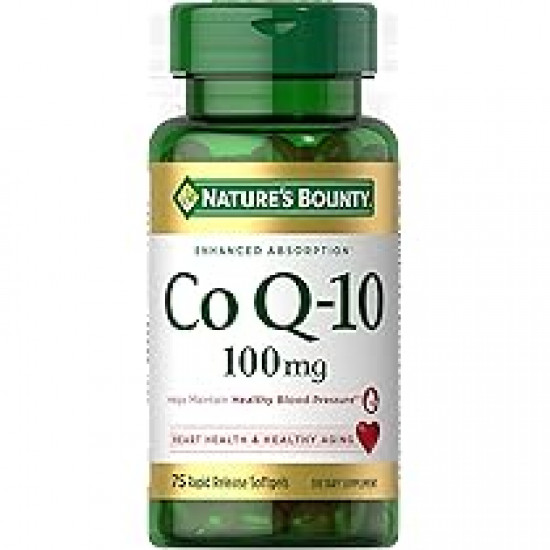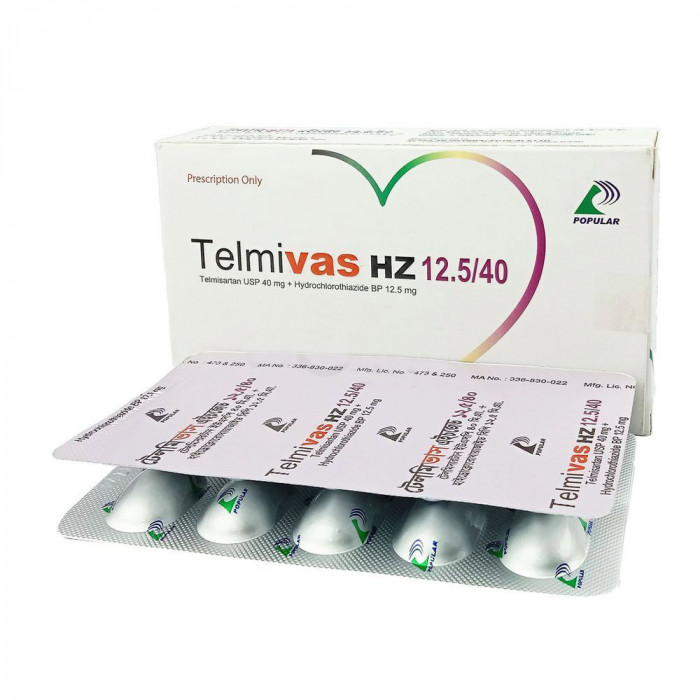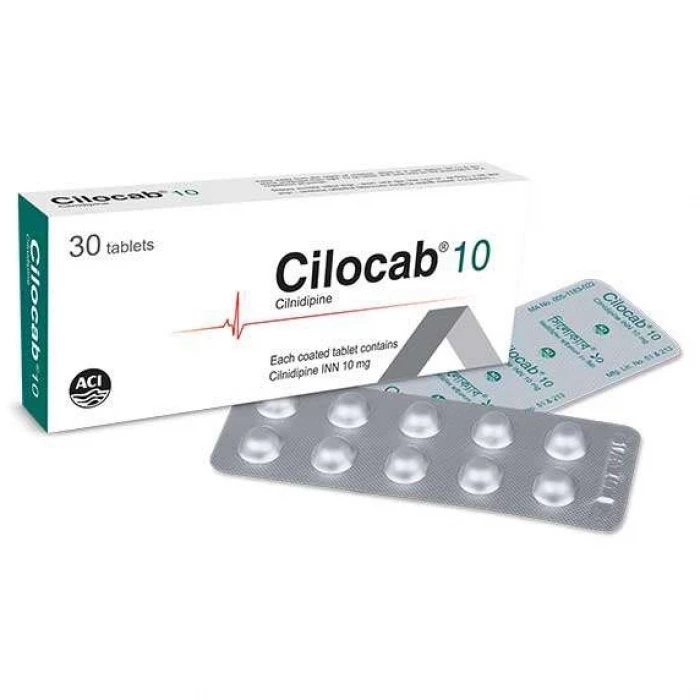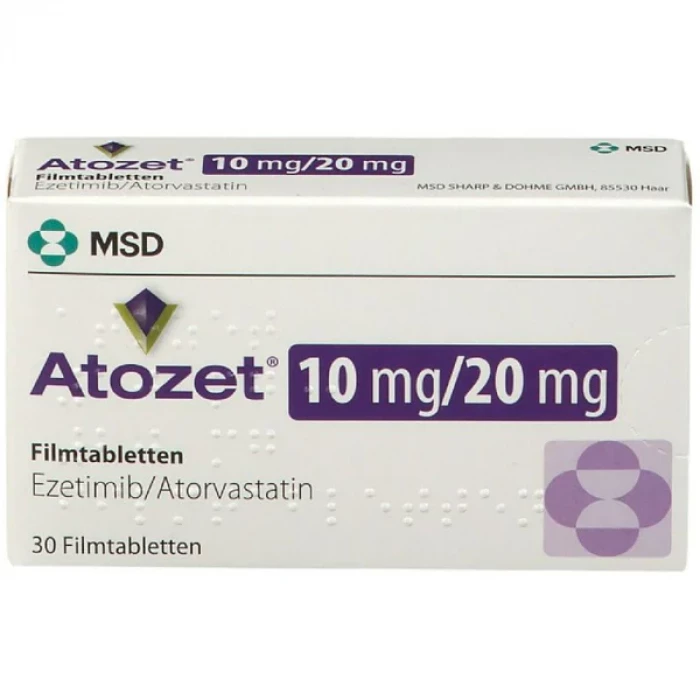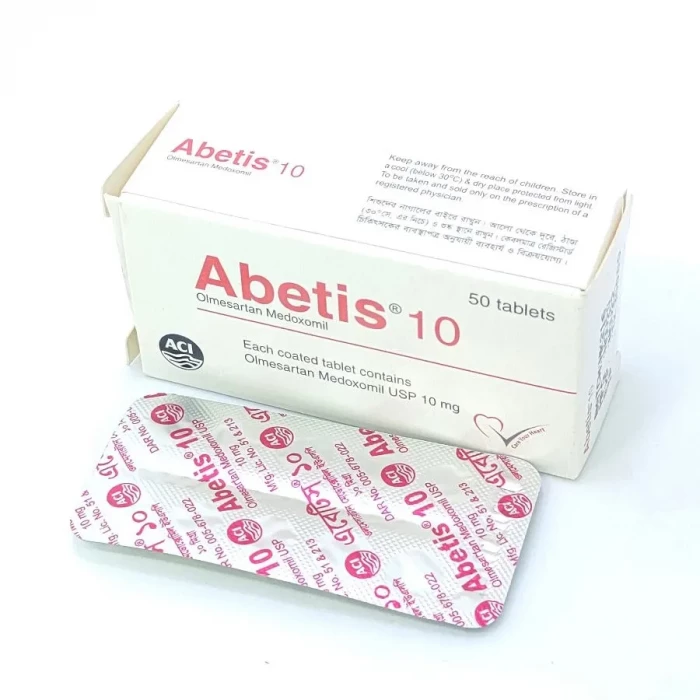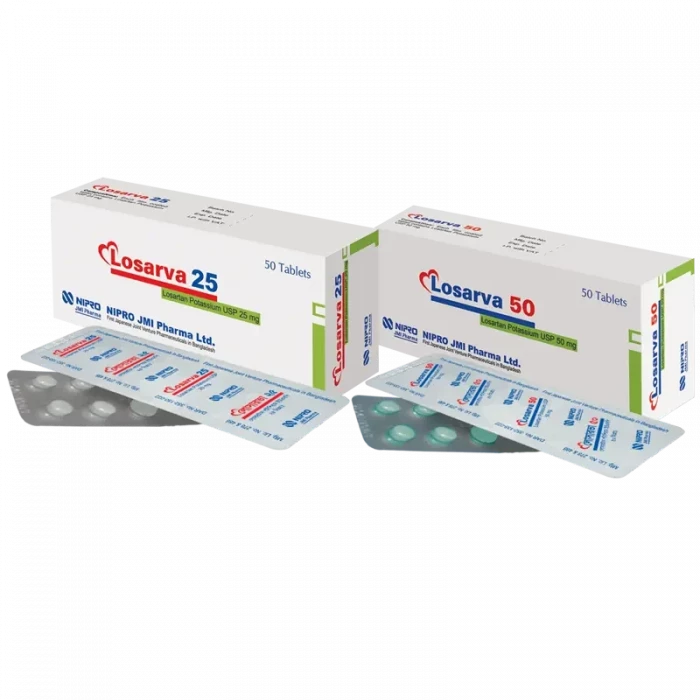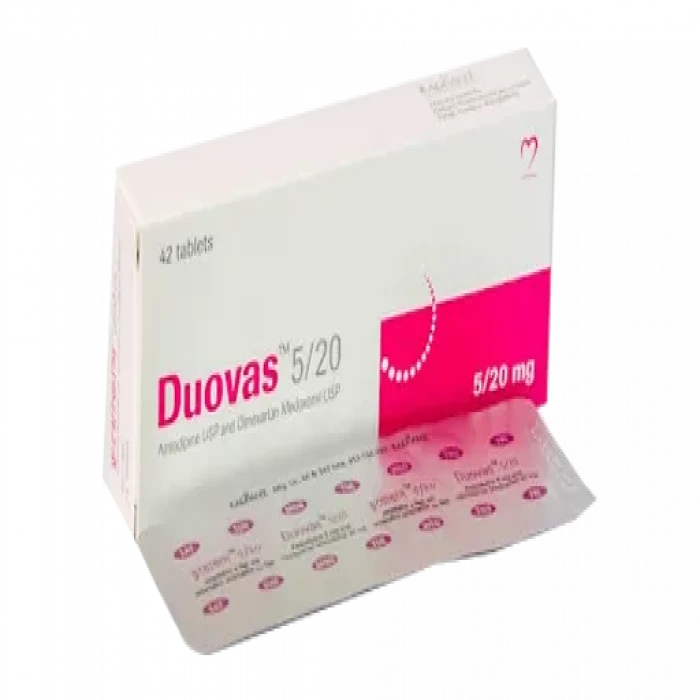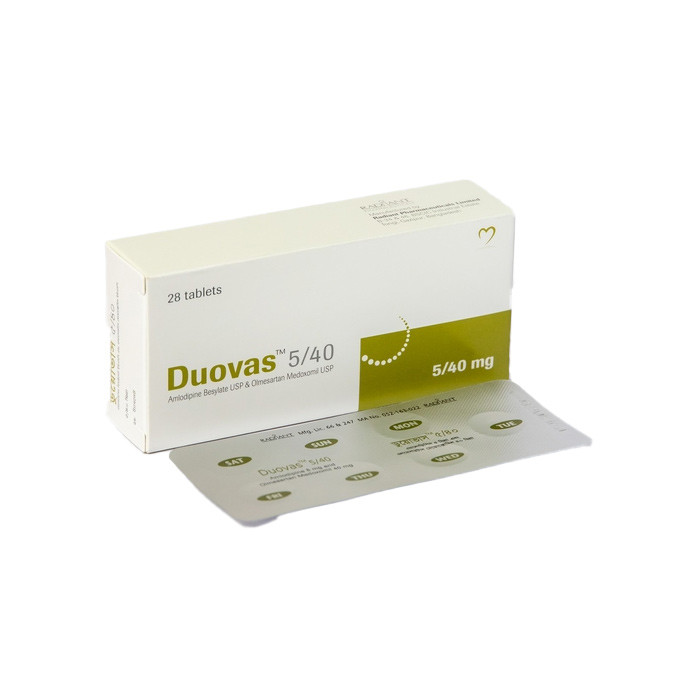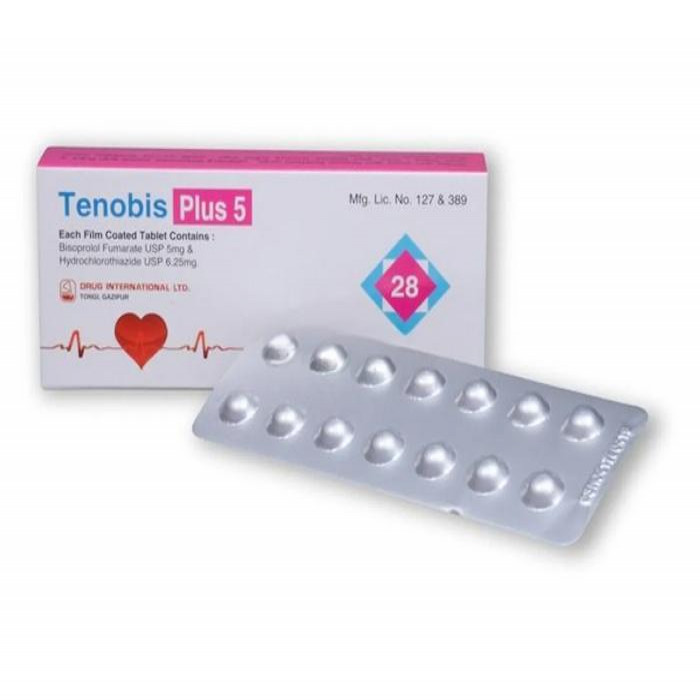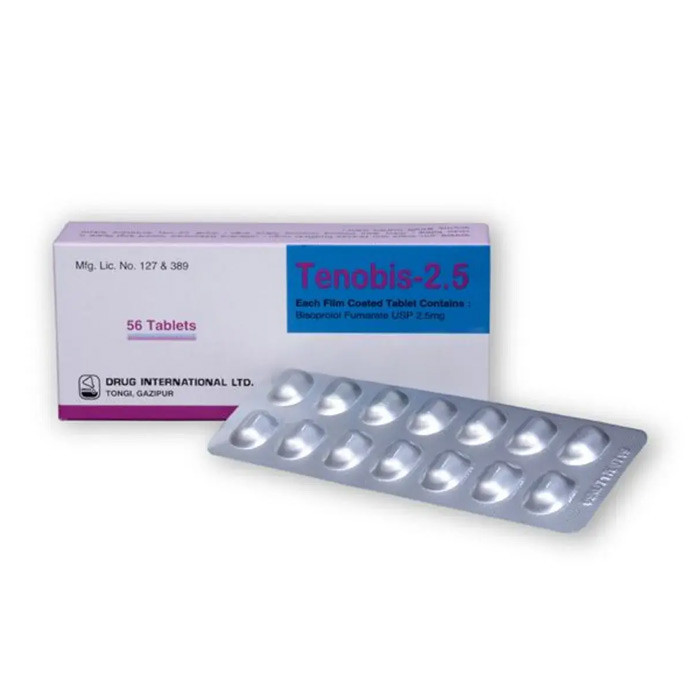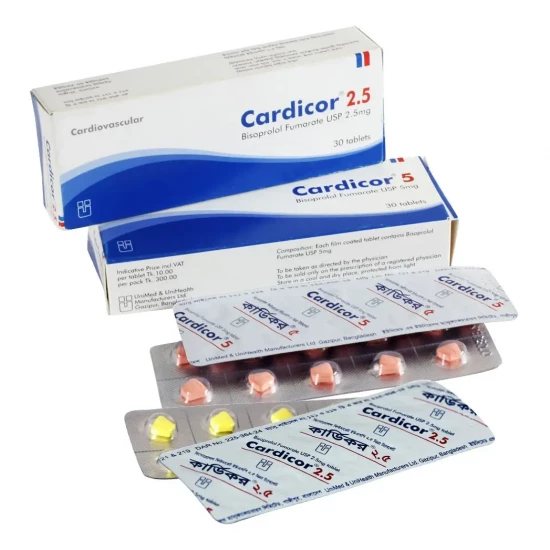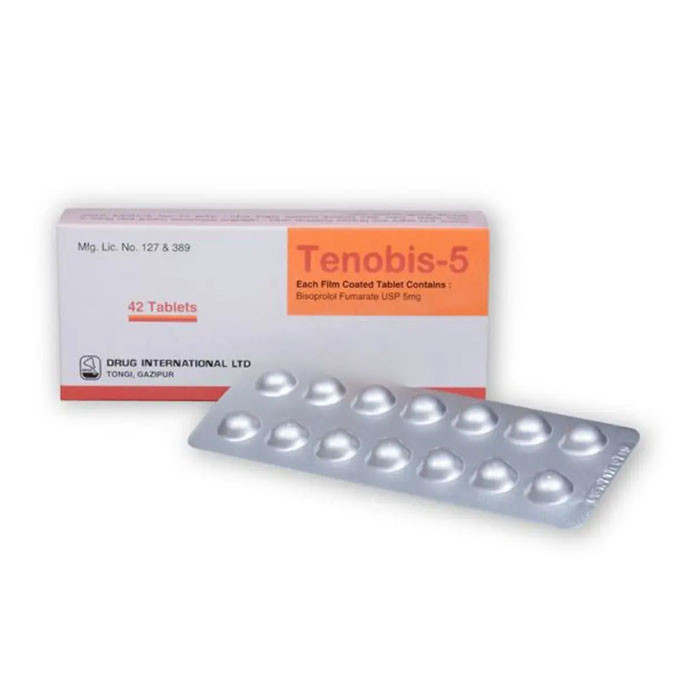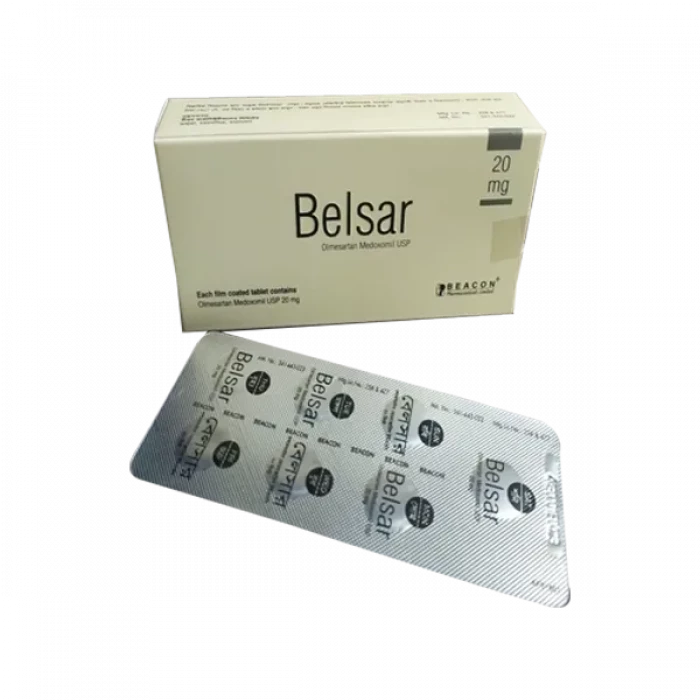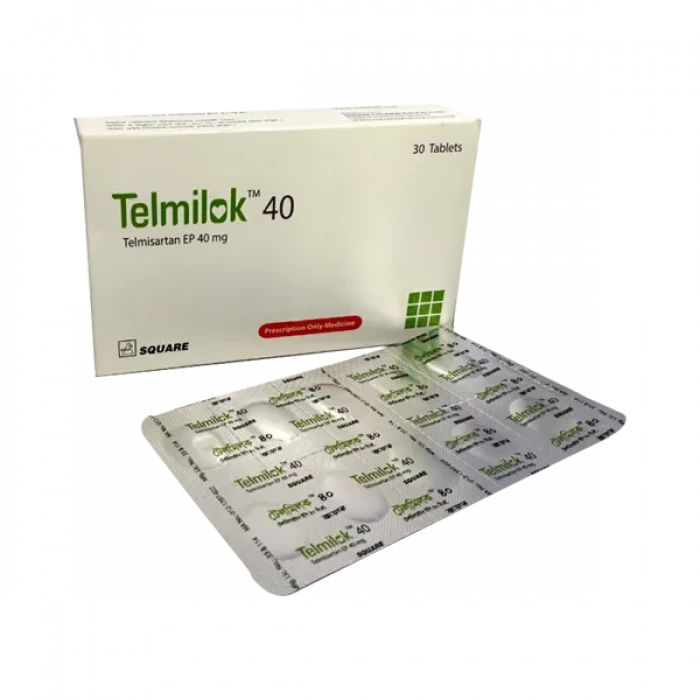
✔ 100% Authentic Product
👁️ Currently Viewing 1202
✅ Description:
Indications
Telmisartan is shown in- Hypertension: Treatment of basic hypertension in adults.
Cardiovascular anticipation: Lessening of cardiovascular dreariness in grown-ups with Atherothrombotic cardiovascular illness (history of coronary heart illness, stroke, or fringe blood vessel infection) or Type 2 diabetes mellitus with reported target organ harm.
Pharmacology
Telmisartan squares the vasoconstrictor and aldosterone-secreting impacts of angiotensin II by specifically blocking the official of angiotensin II to the AT1 receptor in numerous tissues, such as vascular smooth muscle and the adrenal organ. Its activity is hence autonomous of the pathways for angiotensin II amalgamation. Telmisartan has much more noteworthy partiality (>3,000 overlay) for the AT1 receptor than for the AT2 receptor. Since telmisartan does not hinder Expert (kininase II), it does not influence the reaction to bradykinin. Telmisartan does not tie to or square other hormone receptors or particle channels known to be vital in cardiovascular control.
Dosage & Administration
Dosage must be individualized. The usual starting dose of Telmisartan tablets is 40 mg once a day. Blood pressure response is dose-related over the range of 20 to 80 mg. Most of the antihypertensive effect is apparent within 2 weeks and maximal reduction is generally attained after 4 weeks. When additional blood pressure reduction beyond that achieved with 80 mg Telmisartan is required, may switch to the combination. No initial dosage adjustment is necessary for elderly patients or patients with renal impairment, including those on hemodialysis. Patients on dialysis may develop orthostatic hypotension; their blood pressure should be closely monitored. Telmisartan tablets may be administered with other antihypertensive agents. Telmisartan tablets may be administered with or without food. Initial therapy with Telmisartan is not recommended in patients ≥75 years old or with hepatic impairment.
Interaction
NSAIDS: Expanded hazard of renal impedance and misfortune of antihypertensive effect.
Co-administration with aliskiren with Telmisartan: in patients with diabetes ought to be dodged.
Contraindications
Known hypersensitivity to this product or any of its components.
Side Effect
In hypertensive patients: The foremost common side impacts of Telmisartan tablets incorporate sinus torment and clog (sinusitis), back torment, the runs etc.
For patients of cardiovascular hazard lessening: The foremost common side impacts of Telmisartan tablets in CV hazard decrease incorporate irregular claudication and skin ulcer.
Pregnancy & Lactation
Pregnancy Category C (to begin with trimester) and D (moment and third trimester). Since of the potential for antagonistic impacts on the nursing newborn child, choose whether to suspend nursing or cease the medicate, taking under consideration the significance of the sedate to the mother.
Precautions & Warnings
Dodge fetal or neonatal exposure. Hypotension. Monitor carefully in patients with impeded hepatic or renal function. Avoid concomitant utilize of an Pro inhibitor and angiotensin receptor blocker.
Therapeutic Class
Angiotensin-ll receptor blocker
Storage Conditions
Protect from light and moisture by storing below 30°C. Keep the medicine out of children's reach.
⚠️Disclaimer:
At ePharma, we’re committed to providing accurate and accessible health information. However, all content is intended for informational purposes only and should not replace medical advice from a qualified physician. Please consult your healthcare provider for personalized guidance. We aim to support, not substitute, the doctor-patient relationship.




